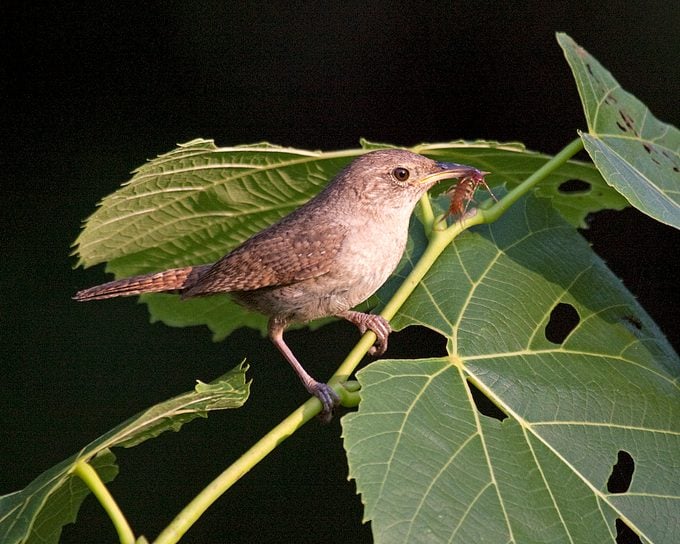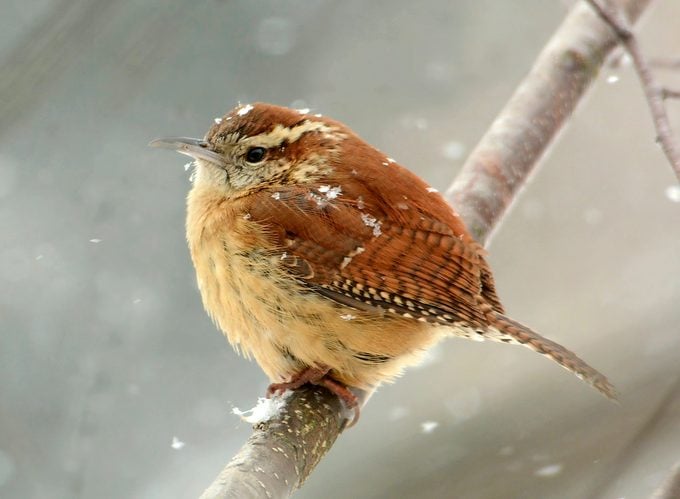House Wren vs Carolina Wren: ID Challenge
Updated: May 18, 2022
It's easy to get confused when identifying a house wren vs a Carolina wren. Learn what the birds look like, where to find them and more.
There are a few ways for birders to tell the difference between a house wren vs a Carolina wren. First of all, these species have slight differences in size and appearance. Secondly, consider where (and when) you saw the bird, because a house wren has a wider range across the United States. Look at what the bird is eating for another clue, and lastly, listen to its song.
Learn how to attract nesting Carolina and house wrens.
House Wren

House wrens are slightly smaller birds than Carolina wrens, and their plumage is primarily plain brown. This species almost exclusively eats insects, so you are unlikely to see them at your seed or suet feeders. However, these cavity nesting birds will use birdhouses to raise their young. You may catch their attention with a bird bath, especially if you add a small fountain or dripper.
These musical songbirds prefer brushy habitat rather than open areas like grassy lawns. You’re more likely to see them in your yard if you have a brush pile or plant plenty of low growing bushes.
The house wren is the most common wren in the U.S., with a broad range that covers most regions during the summer breeding season. Find out when house wrens return in spring. You’re more likely to see these birds down south in winter.
“House wrens (above) used a newly installed nest box on my deck. I loved seeing the diversity of prey that they brought to their growing brood! The parents brought several centipedes,” says Elizabeth Tiller.
Enjoy 16 delightful pictures of wren birds. Plus, learn how to tell wrens apart from sparrows.
Carolina Wren

The reddish-brown colored Carolina wren is slightly larger and chunkier looking vs a house wren. Look for the distinctive light colored stripe above their eye and a beige colored belly and chest. Carolina wrens are less common in northern and western states, but you can spot them year-round across their range. These wrens also eat insects, but are more common visitors at suet feeders.
“A very cold day in February, this little Carolina wren (above) was hanging on a branch to one of our trees near the house in a snowstorm. The picture was taken through a window,” says Deborah Bryk.
Find out what a Carolina wren call sounds like.




















